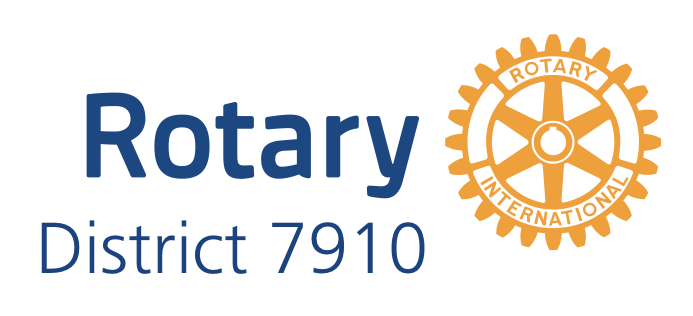
Beyond Borders/the Newsletter of Zones 24 & 32/May 2018/page 3
For about a decade, the Bath Sunrise Rotary Club in District 7780 was “stuck” at a hard-core 11 members, who met regularly, did great service, but couldn’t seem to increase in number.
Club president Bob Reed says change began back in 2012 when, as District Governor, I challenged the club to reinvent themselves. “You’re small,” I pointed out in my “official” visit. “You don’t have a bunch of old-timers telling you what you can’t do. And you’re not afraid of work. So go out and make the changes you want to become the club you want. Who’s to stop you?”
What I said slowly took root, and the club decided to go through the strategic Visioning process. Unfortunately—and erroneously—the club was told that it needed to field 30 members in order to qualify for Visioning. Seemingly rebuffed, in 2014-15 the club created its own strategic planning process, under the guidance of then-president Erika Helgerson Bensen.
First, Erika agreed to serve two years as president, and she asked her immediate successors to do the same. The goal was greater stability and a better time horizon for planning and
execution. Since club members were repeating the presidency every few years anyway, this change was quickly agreed to.
Next, the club treasurer created a spreadsheet of all the club’s donations over the previous five years, and asked each member to weigh in on whether, in retrospect, they agreed with the funding decisions that had been made. Out of that exercise came a much clearer view of the club’s charitable priorities and financial needs.
Third, the club recognized that weekly meetings — on top of a monthly board meeting and committee meetings, service projects and fundraisers, all of which involved most of the  members — was just too much. The club agreed on a new schedule, which called for a “regular” meeting with speaker the first week of the month, and a business meeting the third week of the month. During the second and fourth weeks, club members pledged to go out in the community and do service, and to re-port their “makeup” as, perhaps, reading to kids in school, or volunteering at the library or soup kitchen, or similar activity.
members — was just too much. The club agreed on a new schedule, which called for a “regular” meeting with speaker the first week of the month, and a business meeting the third week of the month. During the second and fourth weeks, club members pledged to go out in the community and do service, and to re-port their “makeup” as, perhaps, reading to kids in school, or volunteering at the library or soup kitchen, or similar activity.
 members — was just too much. The club agreed on a new schedule, which called for a “regular” meeting with speaker the first week of the month, and a business meeting the third week of the month. During the second and fourth weeks, club members pledged to go out in the community and do service, and to re-port their “makeup” as, perhaps, reading to kids in school, or volunteering at the library or soup kitchen, or similar activity.
members — was just too much. The club agreed on a new schedule, which called for a “regular” meeting with speaker the first week of the month, and a business meeting the third week of the month. During the second and fourth weeks, club members pledged to go out in the community and do service, and to re-port their “makeup” as, perhaps, reading to kids in school, or volunteering at the library or soup kitchen, or similar activity.It should be noted that Bath Sunrise moved to this schedule prior to the Council on Legislation’s 2016 determination that clubs could set their own meeting schedule. As a result, some nay-sayers believed that Bath Sunrise’s decision to choose service over meetings — and to leave it up to club members to self-report their service —was a way to move to (then-illegal) bi-monthly meetings.
Not so: Last spring, as District Foundation Chair, I was invited back to the Club to present Paul Harris Fellows to those members who had completed their agreed-upon service hours. President Bob estimates that the club’s 2500 service hours in 2016-17, figured at minimum wage, were worth $35,000 to the community. For the 2017-18 Rotary year, Bob estimates the club is on track for 3000 more service hours!
And bimonthly service has had an unexpected impact: It has not gone un-noticed in the Bath community that so many club members are out there, wearing their Rotary shirts and doing good things. As a result, interest in Rotary is keen! Nine of those original 11 members remain active in the club; two others have resigned due to family/work issues. But new members have flocked to the challenge and today, three years into its service-oriented schedule, the club has doubled in size to 22 members.
The secret of Bath Sunrise’s success: An emphasis on weekly service, not weekly meetings.
